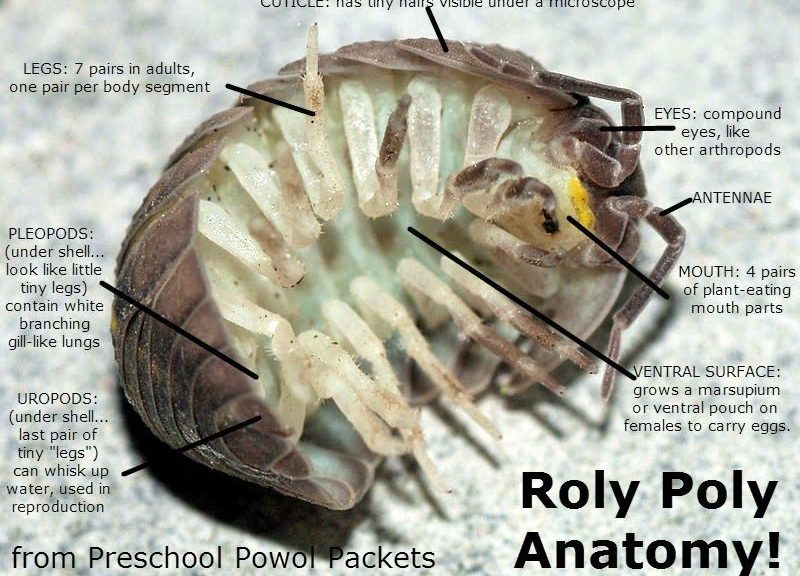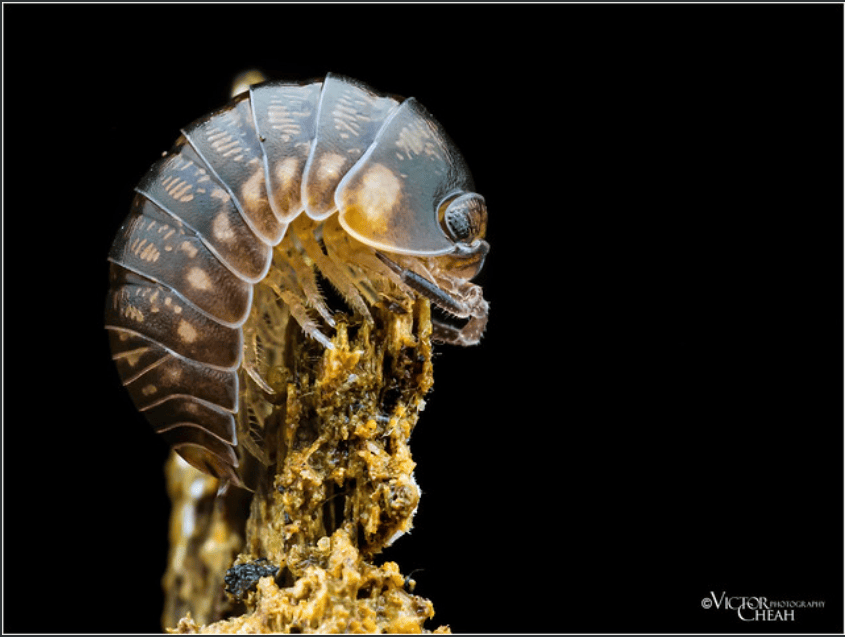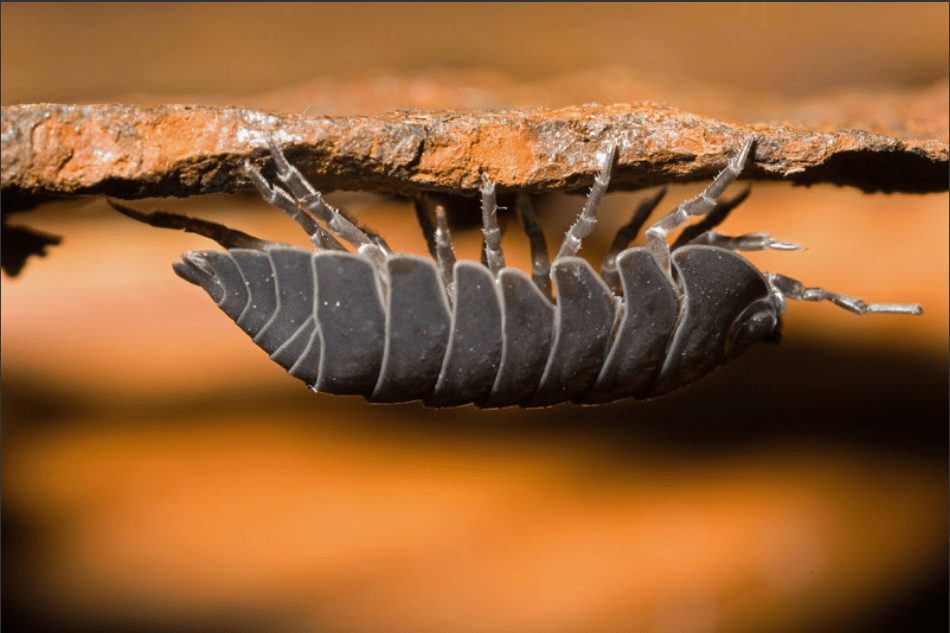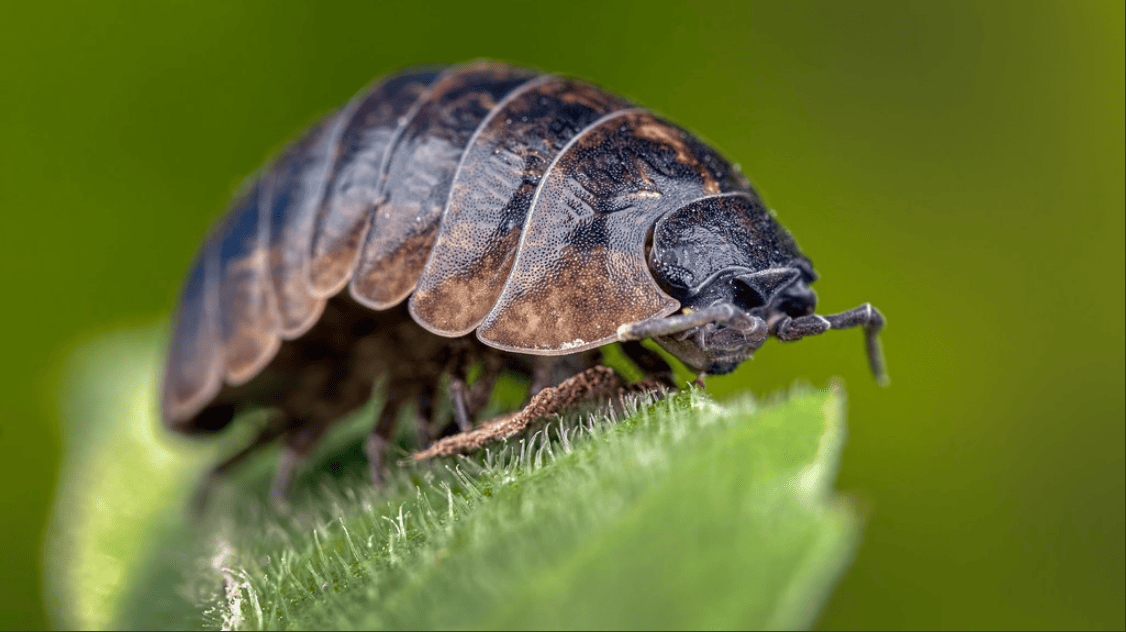Title photo sp. 7 by Ludovic
Costasiella is a genus of sacoglossan sea slugs
Sacoglossons are 'solar powered sea slugs' aka 'sap sucking sea slugs' which live by ingesting the cellular content of algae. Some will just digest this fluid, others will store the living chloroplasts in their own tissues, which continue to photosynthesize benefiting the sea slug!
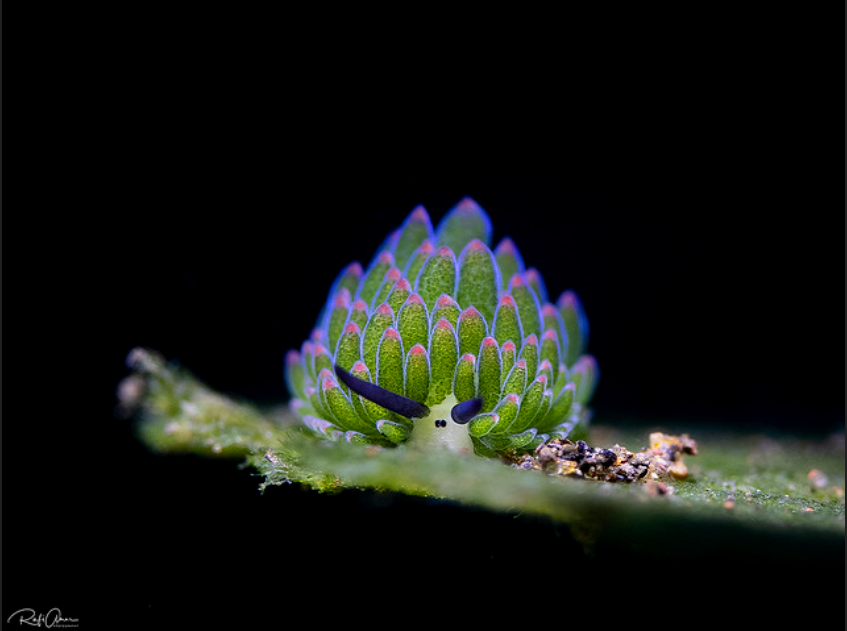
Above photo C. kuroshimae by Michaels Bubbles
There are currently 17 different species in the genus, and they are tiny some are only 2mm! The largest can be up to 13mm!
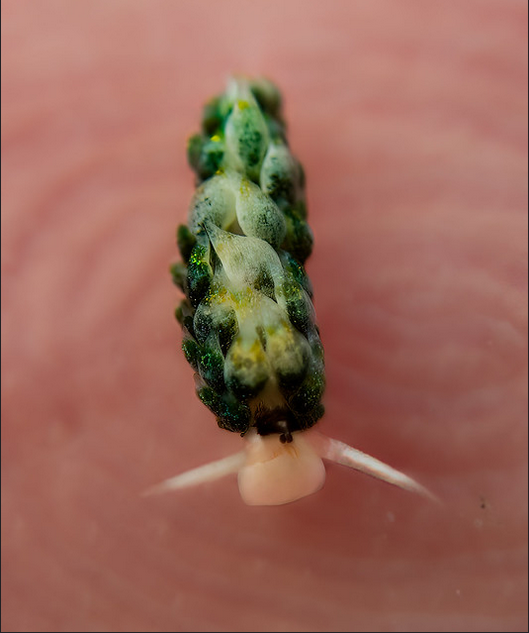
Above photo sp. 2 by Jean-Marie GRADOT
Costasiella kuroshimae was discovered off the coast of the Japanese Island of Kuroshima, and later also found in the sea off Japan, The Philippines and Indonesia. They have 2 dark coloured eyes, and 2 rhinophores (club shaped structures) that look like sheep ears, these have given them the name of 'leaf sheep'
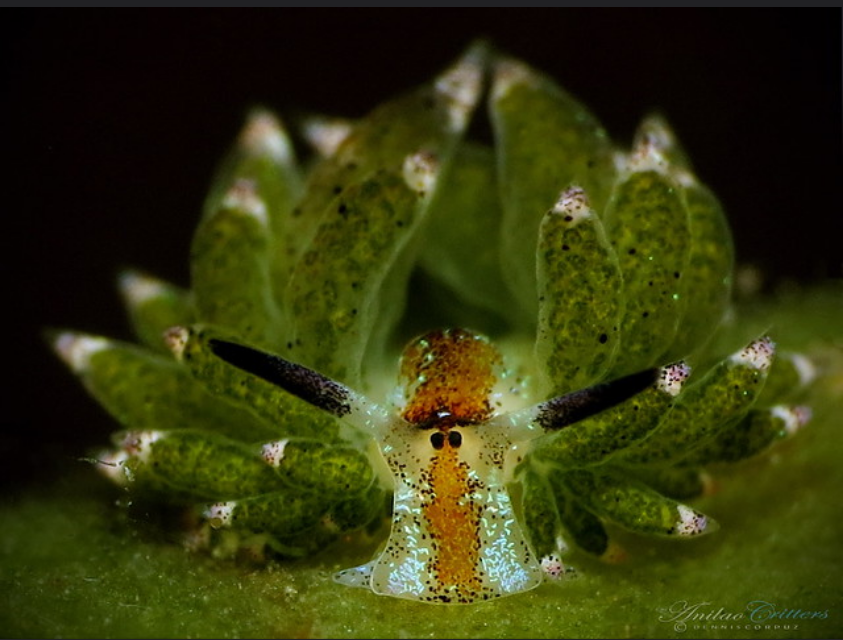
Above, C. kuroshimae by Anilao~Critters
From the limited information that I could find, C. kuroshimae itself has 7 different types (numbered as sp 1-7) and within each sp there are subtle variations

Above, C. kuroshimae by Todd Aki
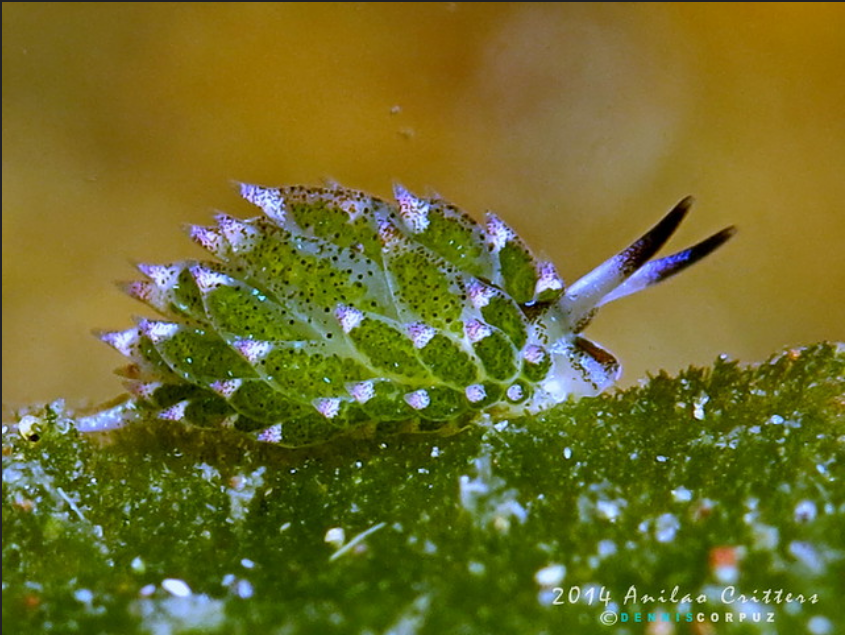
Above photo sp. 5 by Anilao~Critters

Above, C. kuroshimae by Vania Kam
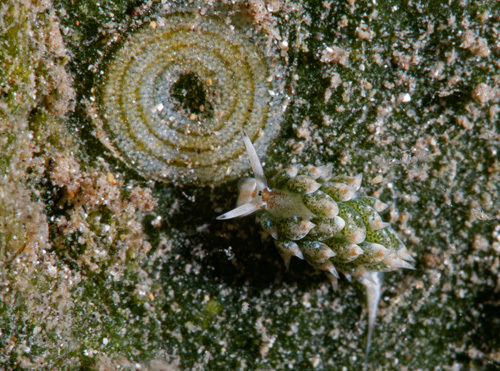
Above photo of C. kuroshimae with spiral shaped egg mass, by Kelly McCaffrey
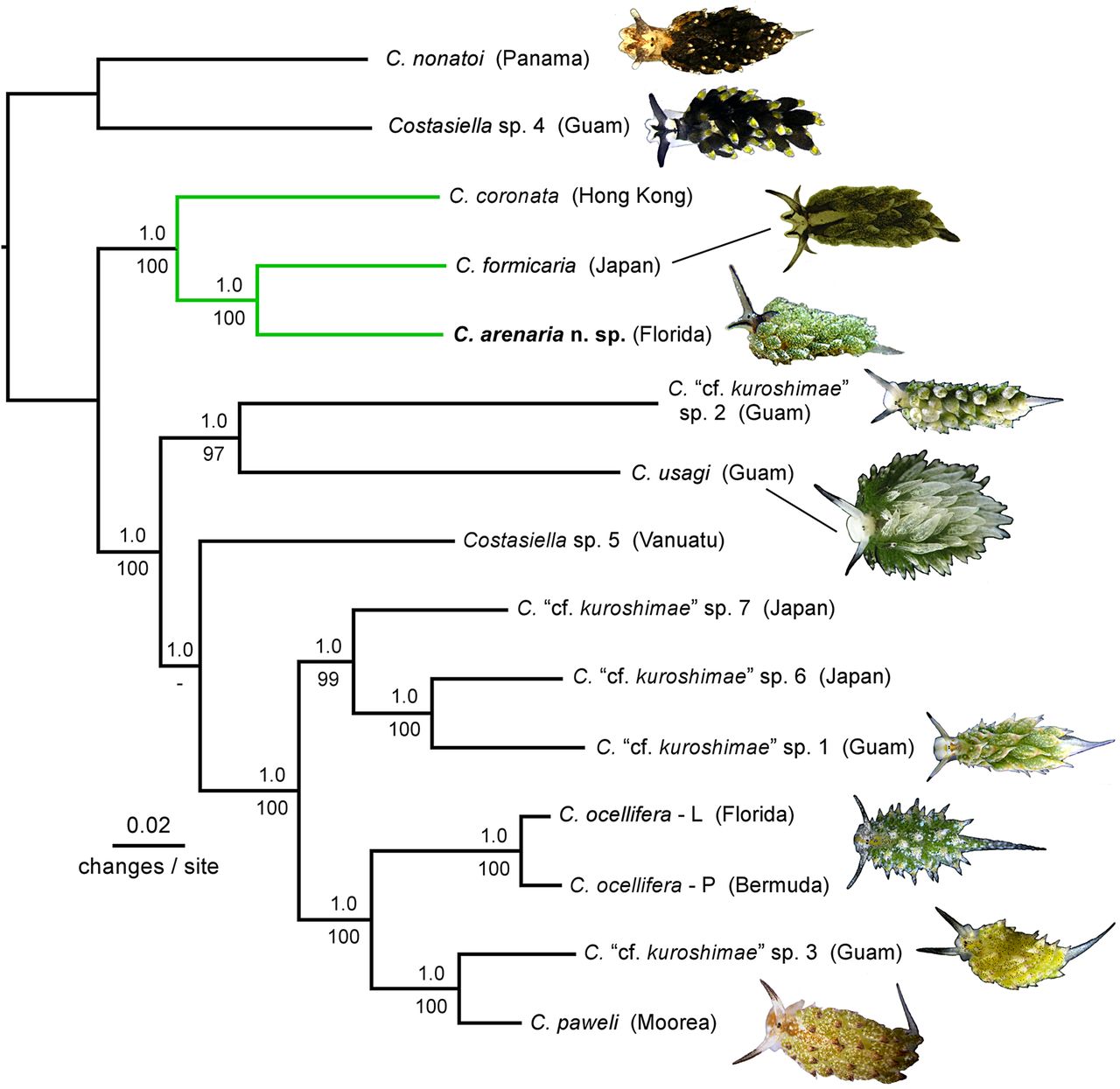
Above 'family tree' of Costasiella, with the different types of C. kuroshimae sp 1-7 source
Other species of Costasiella include C. Usagi....
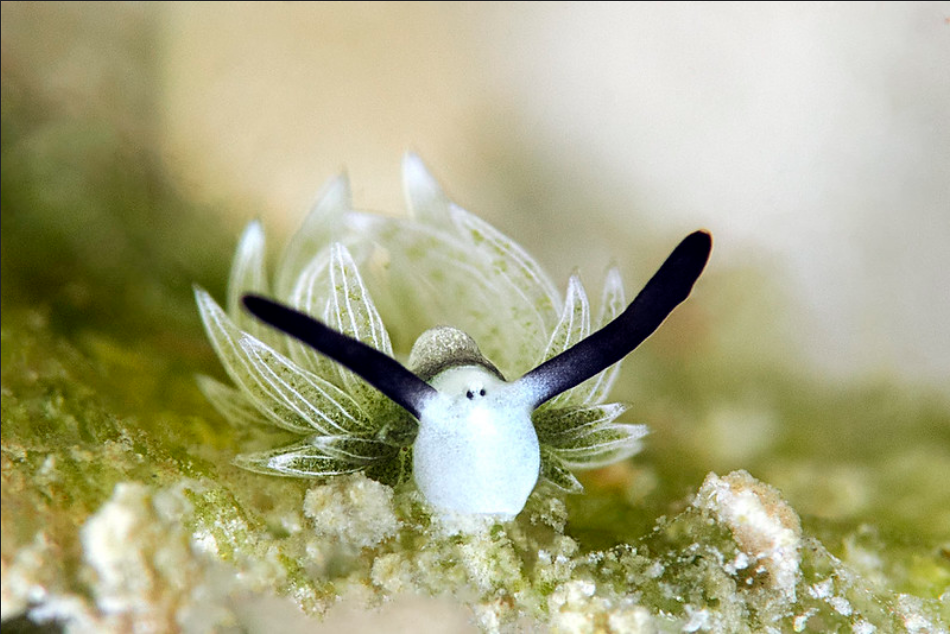
Above, photo by Allen Lee
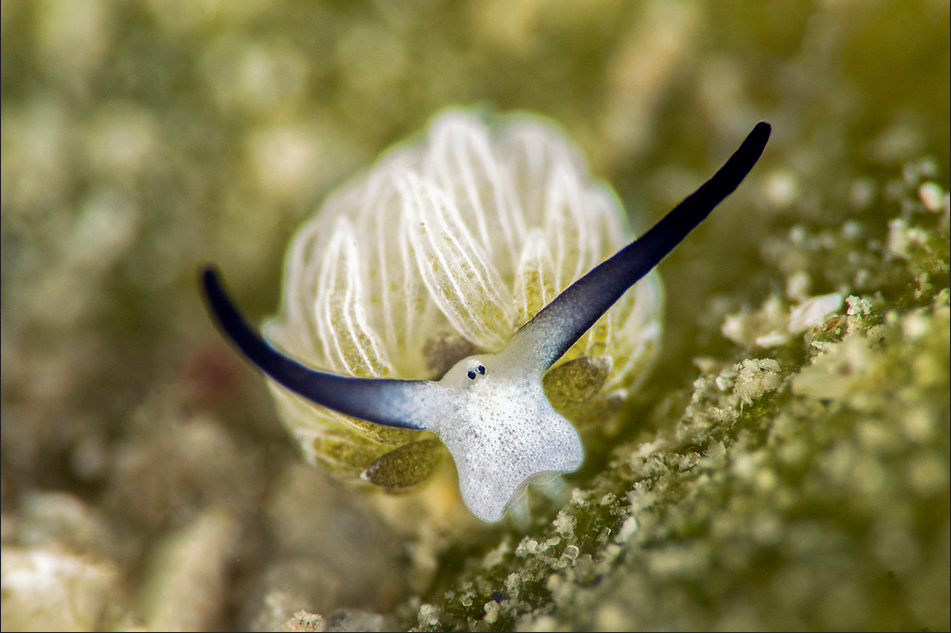
Above, photo by Allen Lee
Others within the genus...
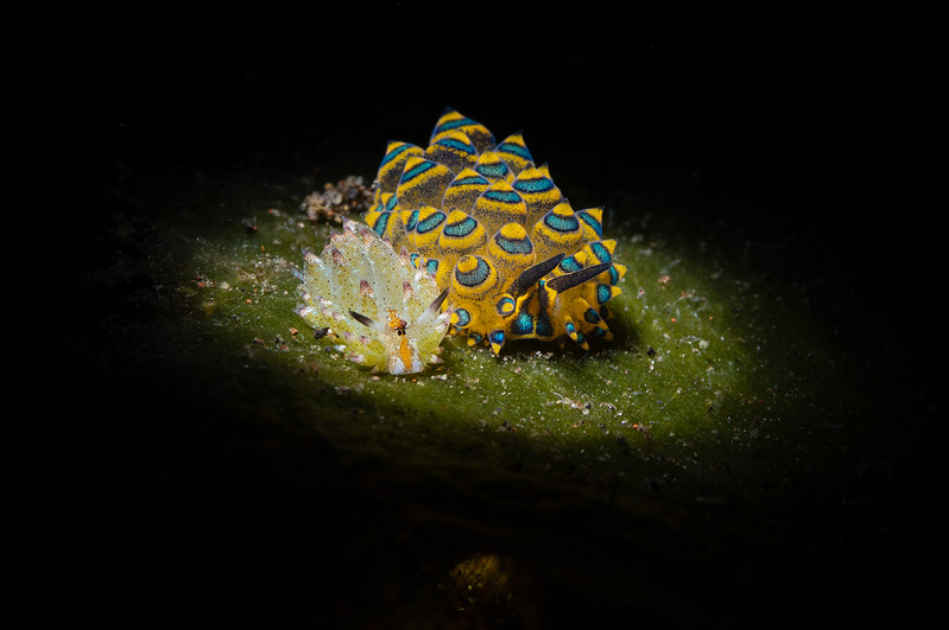
Above, photo by Ludovic
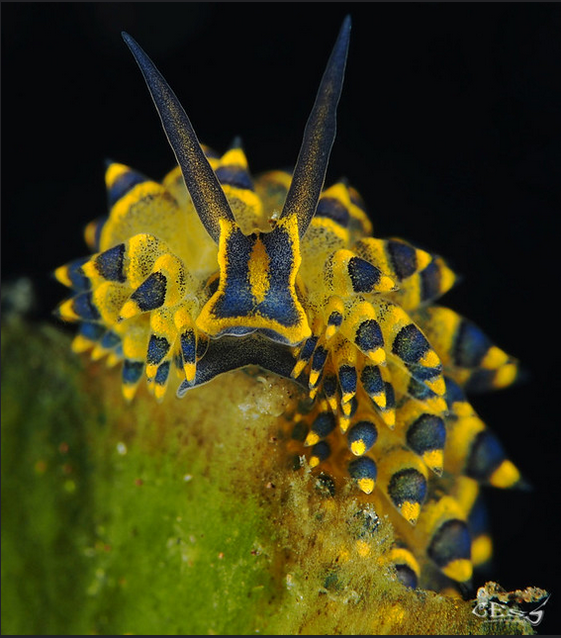
Above, photo by Patrick Ess
And finally, some more photos of the Leaf Sheep (C. kuroshimae)....

Above, Costasiella sp. #1 photo by Jenna Szerlag
.......weeeeeeeeeeeeeee!!
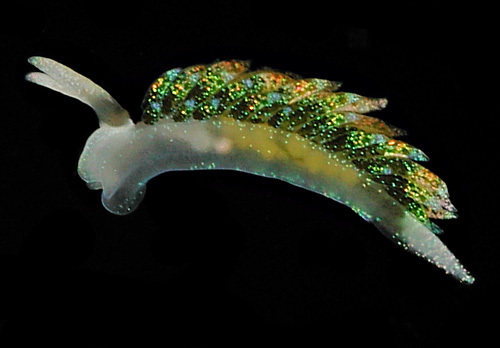
Above, Costasiella sp. #1 photo by unknown
Information via wikipedia- Costasiella and C. kuroshimae, also from here and here
Apologies folks, if this post is a bit patchy and garbled, there really isn't a lot of information about these nudibranchs...but I thought the photos were really nice!







